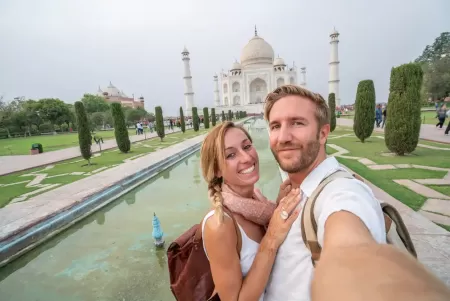-
Home
- India
- India Travel Information
- India Culture and Travel Information
- The Best time to visit India
The Best time to visit India
India’s weather varies from the heights of the mountains to the southern coasts, it is something that is important when considering the best time to visit India.
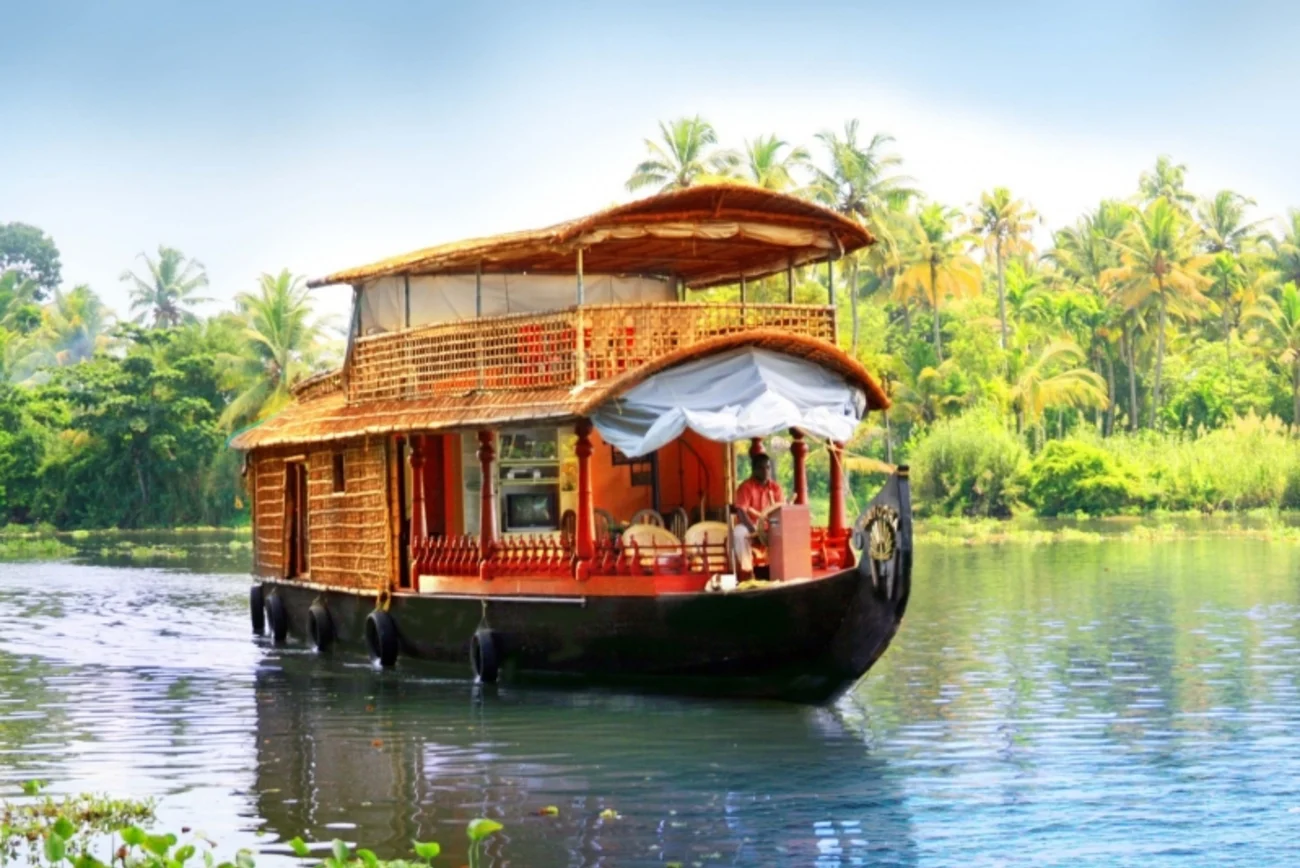
India’s weather varies from the heights of the mountains to the southern coasts. It is something important when considering the best time to visit India. The most influential weather factor would be the monsoon season. During the highs of the monsoon, season flooding can cause serious communication and destructive issues in the jungle regions and low lying lands of Bengal. Landslides are also common in the mountain foothills. Between the rain falls it is likely to experience intense moments of bursts of heat, sunshine and pervasive humidity.
For all Americans wanting to explore India, don't miss out on our India Tours from USA!
Usually starting in May the monsoon season disperses by the end of the summer but usually takes a few more months before the clouds in the south disappear. Between October and December the East coasts of Andhra Pradesh and Tamil Nadu, as well as the South of Kerala experience a second helping of rain as the monsoons of the Bay of Bengal, come in. By the end of the year, most of the country is cool and enjoys clear skies.
During the mid-winter season, you can see the true contrast of the temperate subcontinent. Delhi to the North is swept with cold winds from the snowfalls of the Himalayas, while the South and coastal areas such as Tamil and Kerala still experience fierce sunshine. By spring temperatures can reach up to 33 degrees Celsius, causing extreme heat waves and bringing with it the onset of the monsoon season in late May and June.
- India is a great country with festivals along with the winter, celebrate Indias' Festivals with our India Vacation Packages!
So the best time to visit India is during the cool, dry season, between November and March. Delhi, Agra, Varanasi, Rajasthan and Madhya Pradesh are ideal at this time, and temperatures in Goa and central India remain comfortable. Aim to be in Tamil Nadu and Kerala between January and March as it gets hot after this. From this time onwards, the Himalayas grow more accessible, and the trekking season reaches its peak in August and September while the rest of the Subcontinent is being soaked by the rains.
High Season (Dec-Mar)
▪ Pleasant weather – warm days, cool nights. Peak tourists. Peak prices.
▪ December and January bring chilly nights to the north.
▪ Temperatures climb steadily from February. Shoulder Season (Jul–Nov)
▪ Passes to Ladakh and the high Himalaya open from July to September.
▪ Monsoon rain-showers persist through to September.
▪ The southeast coast and southern Kerala see heavy rain from October to early December.
Low Season (Apr-Jun)
▪ April is hot; May and June are scorching. Competitive hotel prices.
▪ From June, the monsoon sweeps from south to north, bringing draining humidity.
▪ Beat the heat in the cool hills.
India Culture and Travel Information
Festivals In India
Mumbai Travel Guide
Chennai Travel Guide
Jaipur Pink City
Agra Travel Guide
Rajasthan Travel Guide
Delhi Travel Guide
India Attractions
- Hyderabad City
- Best things to do in Mcleodganj
- Your guide to Srinagar
- Andaman islands
- Leh Ladakh
- Coorg
- Shimla India
- Tirthan Valley
- Jim Corbett National Park
- Valley of Flowers National Park
- Welcome to Varanasi
- Kolkata Travel Guide
- Meghalaya India
- Sikkim Travel Guide
- The ultimate guide to Cherrapunji
- Hampi Tourism Guide
- Jabalpur tourism guide
- The Soul of Incredible India: Orissa
- Places to visit in Mahabalipuram
- Visakhapatnam Travel Guide
- Ooty | Queen of the Nilgiris
Discover North India Vacation Packages. Book now for Delhi, Agra, Jaipur & Varanasi with Memphis Tours.
Plan Your Trip!
You Might Also Like

Explore India culture facts and how faith, family and castes shape almost every aspect of Indian culture from birth to death. Know more about India customs and traditions.
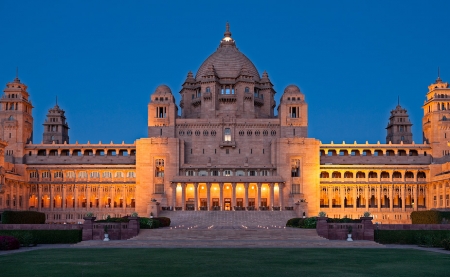
Here is a list ofthe best hotels in India: Taj Umaid Bhawan, Oberoi Udaivilas, Oberoi Rajvilas, Taj Rambagh Palace and The Oberoi New Delhi.
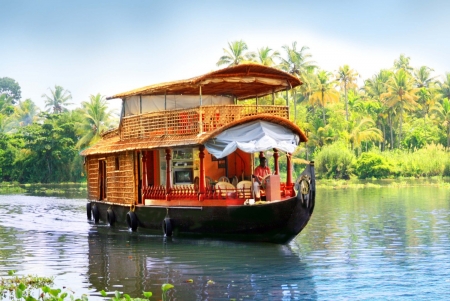
India’s weather varies from the heights of the mountains to the southern coasts, it is something that is important when considering the best time to visit India.
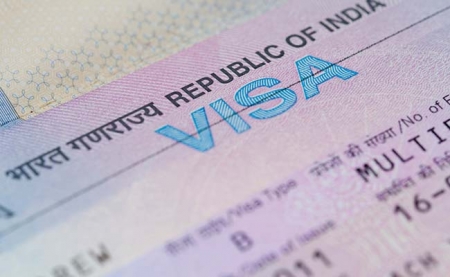
Know more about how to get Indian visa. Visa and immigration procedures are simple when it comes to India. Check Now!
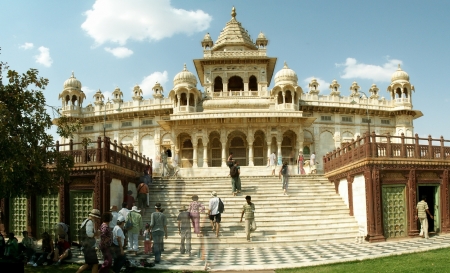
A brief history of India, a land of ancient civilizations. India's social, economic, and cultural configurations are the products of a long process of regional expansion. Read more!
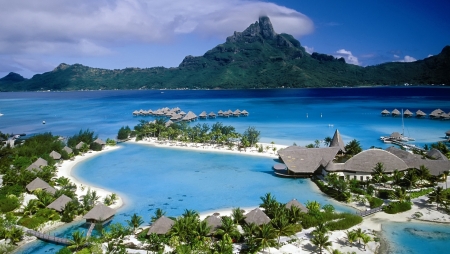
Here is a list of India's top beaches: Varkala, Gokarna, Palolem, Tarkarli, Agonda, Arambol, Ashvem, Baga, Kovalam, Radhanagar Beach. Explore!
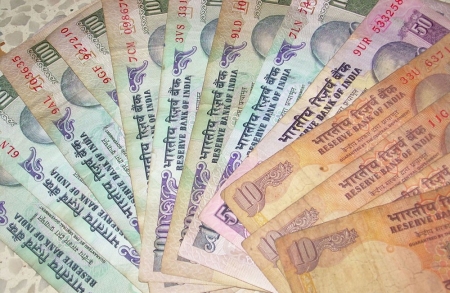
India currency is the Rupee which is currently valued at 63.84 rupees to 1 USD. Be sure to check the conversion rate before all of your trips.

There are numerous things to do in Mumbai. Know about reasons to visit Mumabi and why it is among the must-visit places in India. Read More!
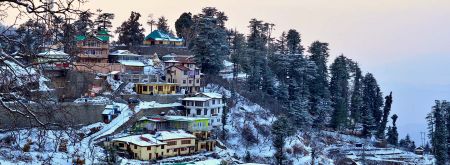
The vast snow-covered landscape, the cold winds, the sylvan mountains add up to the beauty of Auli. Read more!
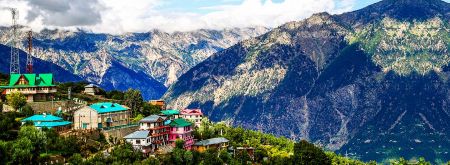
With its jaw-dropping views, lush green forests, gushing blue streams, and sprawling meadows, Manali has scenic beauty. Read more!
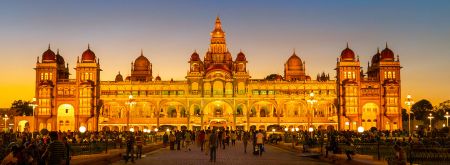
With about 2.5 million visitors annually, Mysore is one of the most visited cities in India and the third largest and second most populated city of Karnataka. Know more!
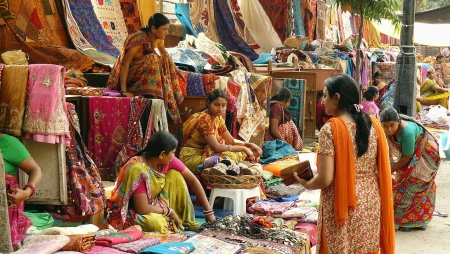
Delhi has the best markets in India, selling a huge array of items including handcrafts from all over the country. Know more about Delhi Markets!

Read more about top restaurants in India. This article will introduce you to a list of good restaurants in India. Read more to know where to eat in India!

